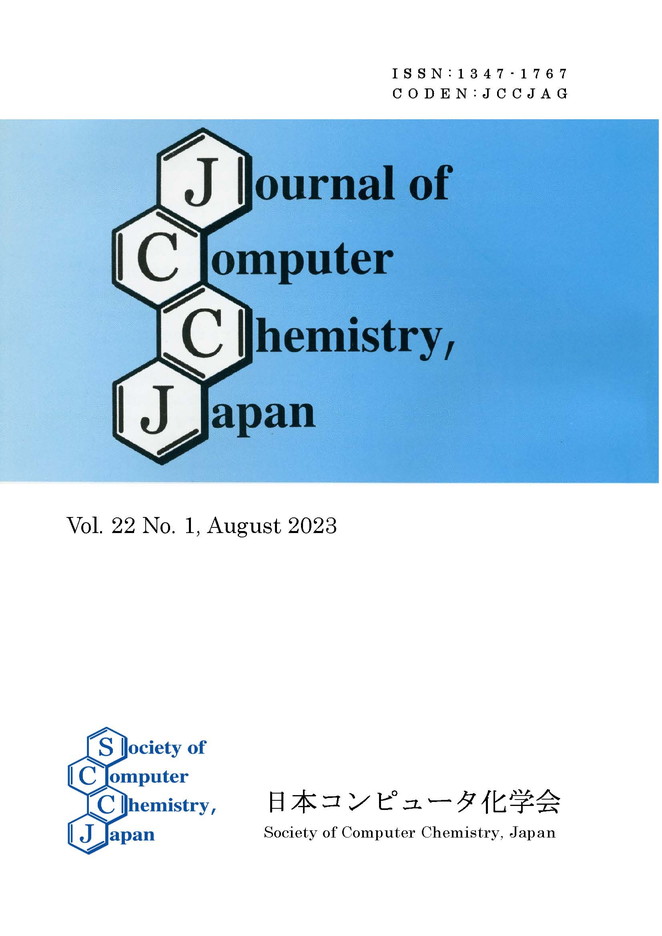Volume 22, Issue 1
Displaying 1-5 of 5 articles from this issue
- |<
- <
- 1
- >
- >|
Foreword
-
2023Volume 22Issue 1 Pages A1
Published: 2023
Released on J-STAGE: October 11, 2023
Download PDF (298K) Full view HTML
Highlight
-
2023Volume 22Issue 1 Pages A2-A7
Published: 2023
Released on J-STAGE: August 21, 2023
Advance online publication: August 09, 2023Download PDF (3195K) Full view HTML -
2023Volume 22Issue 1 Pages A8-A15
Published: 2023
Released on J-STAGE: August 21, 2023
Advance online publication: August 09, 2023Download PDF (3734K) Full view HTML
Note
-
2023Volume 22Issue 1 Pages 1-4
Published: 2023
Released on J-STAGE: August 21, 2023
Advance online publication: March 05, 2023Download PDF (1571K) Full view HTML -
2023Volume 22Issue 1 Pages 5-7
Published: 2023
Released on J-STAGE: August 21, 2023
Advance online publication: March 05, 2023Download PDF (1090K) Full view HTML
- |<
- <
- 1
- >
- >|




